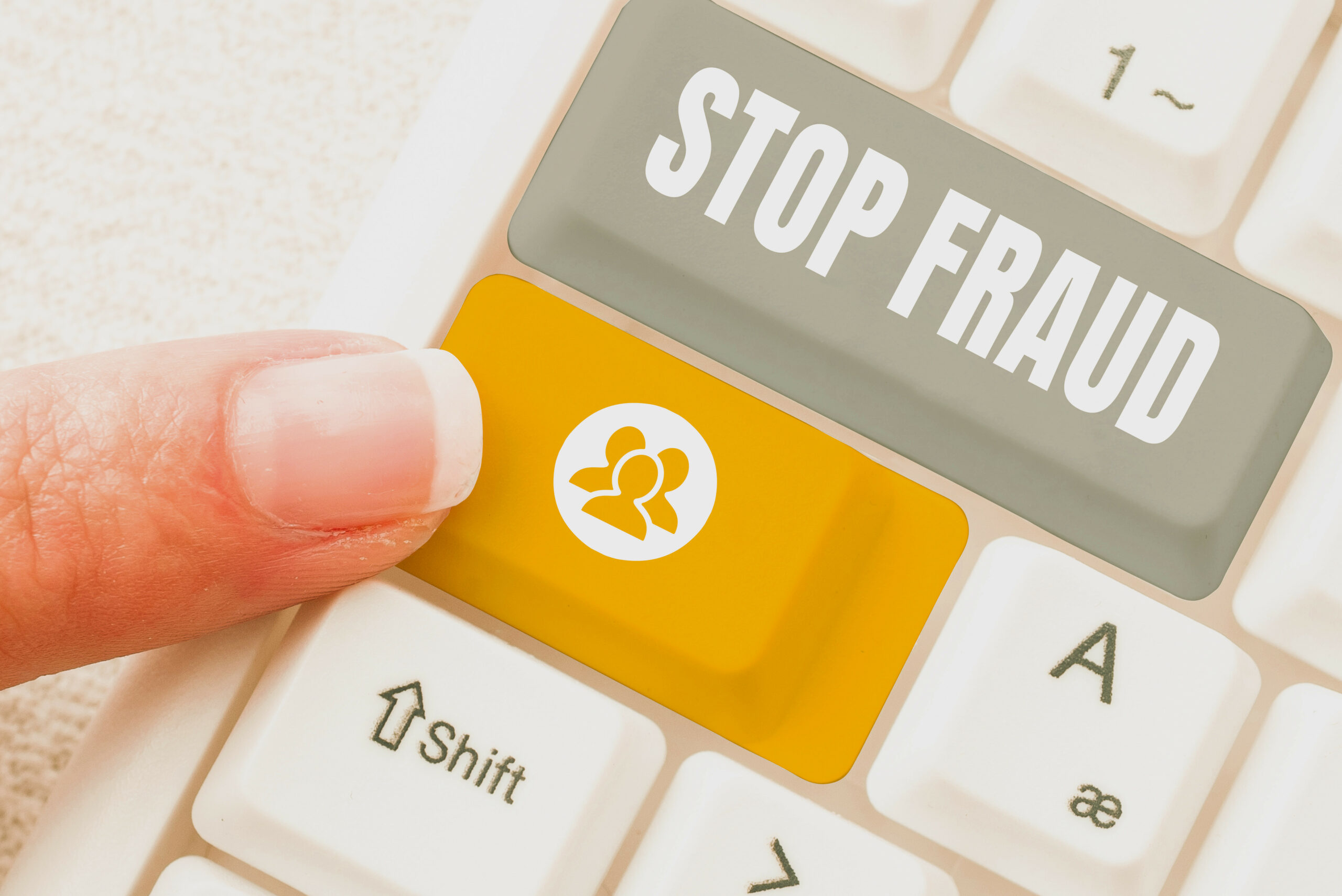One of the earliest reported cases involving coin fraud is United States v. Kail, 804 F.2d 441 (8th Cir. 1986). “Coin & Stamp Gallery, Inc.,” was a Minnesota company that sold “investment quality coins.” Coin and Stamp Gallery’s president, Harold B. Kail, was charged and convicted of fifteen federal criminal counts of mail fraud in violation of 18 U.S.C. § 1341.
Demonstrating that the methodology of modern-day coin telemarketing fraudsters have not greatly changed with technological advances, the Court described Coin and Stamp Gallery’s questionable business practices:
One letter, drafted by Kail, described him as “one of the most knowledgeable numismatic experts in the country.” The brokers informed customers that Coin & Stamp Gallery dealt in the finest investment quality coins which would provide a much better investment than the lower-grade coins and bullion offered by [Kail’s former company] Investment Rarities. Throughout all of their dealings with their customers, Coin & Stamp Gallery brokers emphasized the investment potential of rare silver and gold coins. . . .
The Court further explained that:
Customers purchased coins from Coin & Stamp Gallery brokers based upon the representations that this would be an excellent investment in that the coins were sold at their fair market value. The fair market value of coins sold to customers was often confirmed by letter. In addition, Coin & Stamp Gallery assured its clients that it would repurchase coins at their current market value if the client wanted to sell them later. Subsequent appraisals of the coins purchased by Coin & Stamp Gallery clients, however, established that many of the coins had been purchased at a price far in excess of the fair market value, making them almost worthless as an investment vehicle.
Kail, 804 F.2d at 443.
Anyone who has had the misfortune to cross paths with coin fraud telemarketers will immediately recognize the scam described by the Court. Kail sought to overturn his conviction, arguing that, “because the valuation of coins is inherently subjective, it cannot be fraud to sell coins at high prices.” Id. at 445.
However, the 8th Circuit Court of Appeals rejected that argument and affirmed Kail’s mail fraud conviction, holding that:
[Kail] mischaracterizes the nature of the charges against him. He was not charged with marking up the prices of the coins, but with misrepresenting the coins as valuable investments. In the record before us, the evidence demonstrates that Kail’s representations with regard to the market value of the coins were false, and that these representations were made with an intent to defraud.
Id.
Kail is a powerful precedent in favor of coin fraud victims in the 8th Circuit (Minnesota, Iowa, North Dakota, South Dakota, Nebraska, Missouri, and Arkansas) and non-binding, but persuasive, authority to use in the fight against coin fraud racketeers in the other federal circuits.
If you believe that you, or someone you know, may have been the victim of coin fraud, there is more information available at the Coin Fraud Lawyers website (www.coinfraud.com). Or call 409-880-9714 right now to speak to a coin fraud lawyer for a free consultation.

